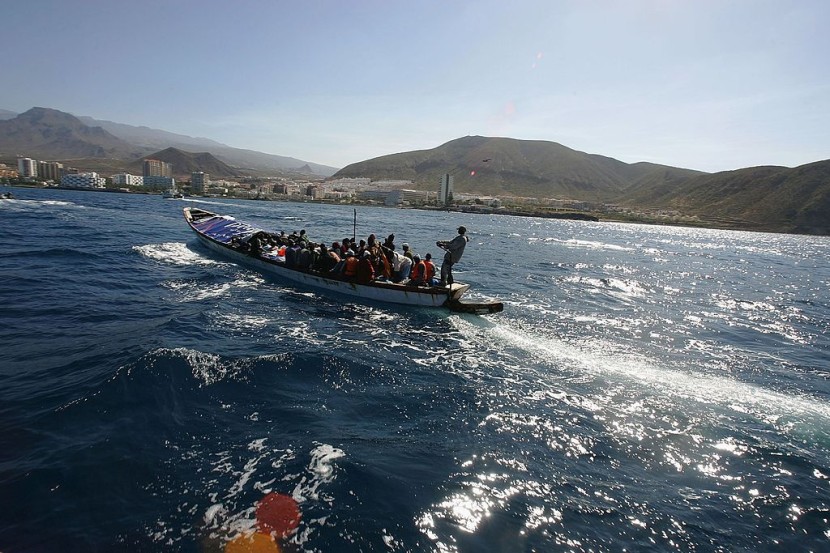More than 1,600 migrants have reached Spain's Canary Islands since Friday, according to emergency services, after 314 individuals landed in two boats early on Monday.
According to the agency, one boat carrying 229 migrants was brought to El Hierro island, while another boat carrying 85 people was taken to Tenerife, according to the Associated Press.

A New Record
One of the boats that landed over the weekend had 320 people on board when it arrived on Saturday. According to the national news agency EFE, it was the biggest boatload since human smugglers started often using the Canary Islands route in 1994. The 280-record prior high was set earlier this month.
The majority of the vessels docked in El Hierro, which has recently taken in thousands of migrants. Off the coast of northwest Africa lie the Canary Islands.
Most boats that carry migrants leave from Senegal, and the majority of them are from sub-Saharan African nations.
In order to identify them, migrants arriving in Spain by boat are held by police for up to 72 hours before being transferred, as necessary, to different reception or detention facilities. Although some are expelled, the majority ask for refuge and are brought to mainland Spain so that their requests can be examined.
Many are ultimately released and told to leave Spain if they do not receive asylum. According to Spain's Interior Ministry, between January 1 and October 15, over 23,500 migrants arrived in the Canary Islands via sea. That is an increase of 90 percent over the same time previous year.
Read also: Migrants Return to Bibby Stockholm 2 Months After Reports of Legionnaires' Disease
Deaths Reaching Spain by Sea
According to a monitoring organization, 49 children were among the 951 individuals who perished trying to reach Spain by sea in the first half of 2023.
The Canary Islands route, the Alboran Sea route, the Algerian route, and the Strait of Gibraltar route all had an average of five fatalities per day in the first half of this year.
The group, which gathered its information from government agencies, refugee groups, and ground-based rescue organizations, said that between January and June, 19 boats went missing with all of the passengers on board.
With up to 778 fatalities reported in 28 incidents, the Canary Islands' entry route to Spain was responsible for the most fatalities ever.
Roughly 12,192 persons came to Spain by boat in the first six months, according to the Interior Ministry, which represents a 4% decrease from the same time in 2017.
Spain and Morocco were held accountable by Caminando Fronteras for their failure to coordinate and perform search and rescue activities. Additionally, it cited other causes of the disasters, such as inadequate resources and poor rescue procedures.
The organization said that the two nations were more focused on "politics" than on saving individuals who were stranded at sea.
© 2025 HNGN, All rights reserved. Do not reproduce without permission.








